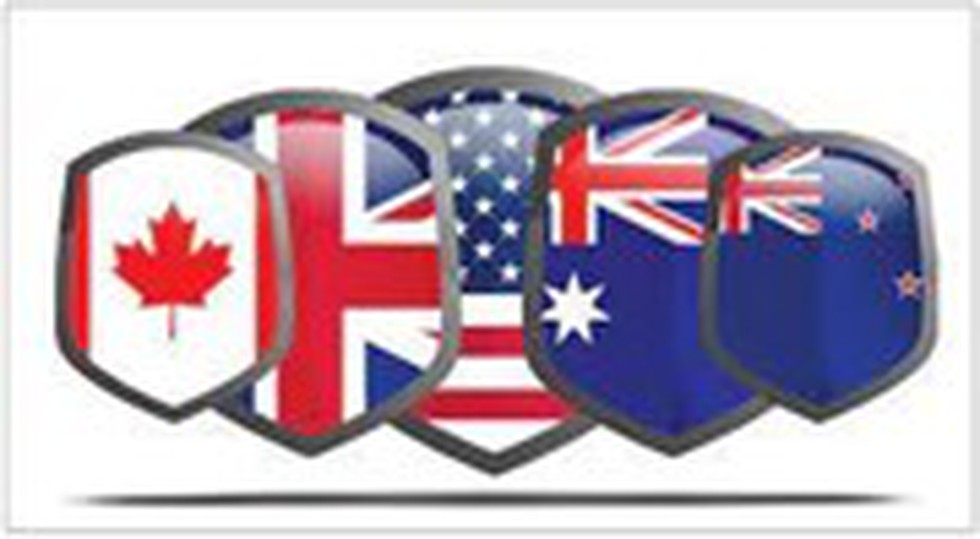About Five Eyes’ intelligence alliance:
- It is a multilateral intelligence-sharing network shared by over 20 different agencies of five English-speaking countries — Australia, Canada, New Zealand, the United Kingdom and the United States.
- It is both surveillance-based and signals intelligence (SIGINT).
- Intelligence documents shared between the members countries are classified as ‘Secret—AUS/CAN/NZ/UK/US Eyes Only,’ which gave the group its title ‘Five Eyes.’
- Background of the alliance
- The alliance between the U.S. and the U.K. evolved around the Second World War to counter the Cold War Soviet threat.
- The two countries, which had successfully deciphered German and Japanese codes during the World War, forged a collaboration to share intelligence related to signals such as radio, satellite and internet communications.
- In the aftermath of the war in 1946, the alliance was formalised through an agreement for cooperation in signals intelligence.
- The treaty called the British-U.S. Communication Intelligence Agreement, or BRUSA (now known as the UKUSA Agreement), was signed between the State-Army-Navy Communication Intelligence Board (STANCIB) of the U.S. and the London Signal Intelligence Board (SIGINT) of Britain.
- Its scope was limited to “communication intelligence matters only” related to “unrestricted” exchange of intelligence products in six areas: collection of traffic; acquisition of communication documents and equipment; traffic analysis; cryptanalysis; decryption and translation; and acquisition of information regarding communication organisations, practices, procedures, and equipment.
- The arrangement was later extended to ‘second party’ countries —Canada joined in 1948, while Australia and New Zealand became part of the alliance in 1956.
